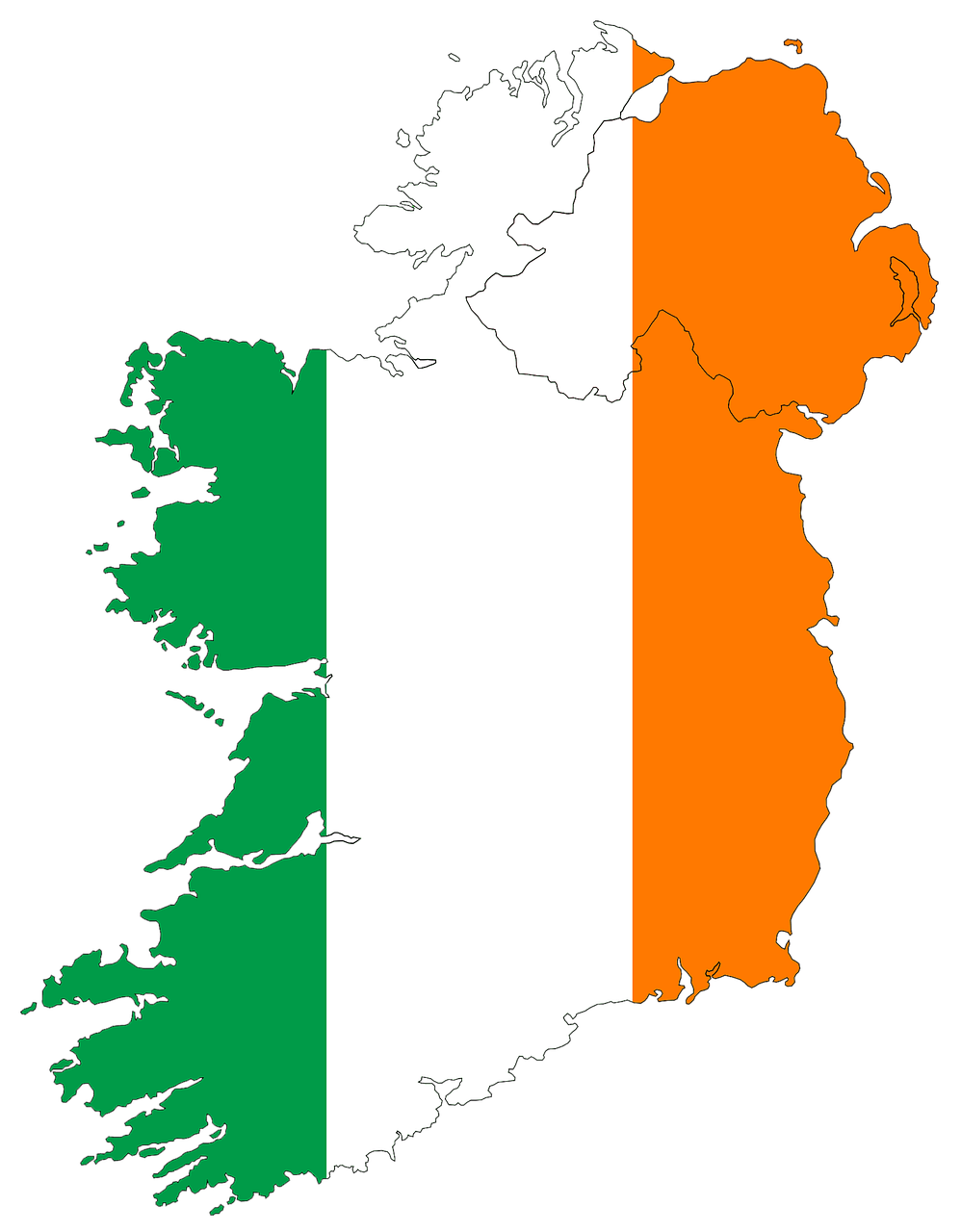The excellence of science teaching in Mallow is highlighted this week as four teams of students from two schools compete in the BT Young Scientist Exhibition at the RDS in Dublin. St Mary’s Secondary school has three projects in the competition, while the Patrician Academy has one, and their entries cover a wide range of subjects: radon gas, cruciate ligament injuries among GAA players, food supply for long space missions, and meat quality in heifers.
Radon gas is an important issue in Mallow, which in some areas has some of the highest levels of the cancer-causing gas in the world, and two St Mary’s 2nd year students, Shauna Murphy and Caoimhe Cronin, built their own home-made radon detectors and tested students’ homes. They concluded that increased ventilation and lowering of temperature in the home reduced radon levels in a house, a finding that is very relevant to people in Mallow who are living with the very real risk of radon in their homes.
Patrician Academy Transition Year students Diarmuid O’Sullivan, Paul O’Sullivan and Colin Kelly also investigated an important subject: the two primary factors contribu-ting to cruciate ligament damage in G.A.A. players, namely footwear and ground conditions. The project was statistically orientated to investigate trends in the cruciate ligament in relation to what type of boot was worn and the ground conditions at the time of injury. The boys have very successfully analysed the data they gathered over the past few months from GAA players who have experienced the injury, and their findings will be keenly observed by sporting organisations and sportspeople.
St Mary’s 2nd year stu-dents Anna Burns and Eibhlis Myers concentrated their project on producing single cell proteins as a nutritious food supply for long duration space missions. Currently NASA is forced to supply food that has been pre-prepared months in advance and has reduced amounts of nutrients, which could put crews’ health and performance at risk. To solve this, the students grew single cell proteins which are sources of microbial biomass which add additional protein to one’s diet, and then put them into a nutritious paste format, adding flavours such as white chocolate, chilli pepper and carrot to get rid of the disagreeable flavour. This project has a really unique approach to feeding space crews on long-duration space missions.
Last but not least, St. Mary’s TY students Cait O’Mahony and Aoife Browne investigated the effects of the oestrus cycle on heifer meat quality, their theory being that you should not slaughter a heifer when she is in heat as the meat may be of a lower quality than if she was slaughtered while not in heat. The students carried out surveys, identification of which heifers were in oestrus (in heat), biological, analytical and sensory tests, and visited two abbatoirs to investigate if their theory was true or false.
Best of luck to the four Mallow projects at the Young Scientist Competition. Winners will be announced tomorrow, Friday.





